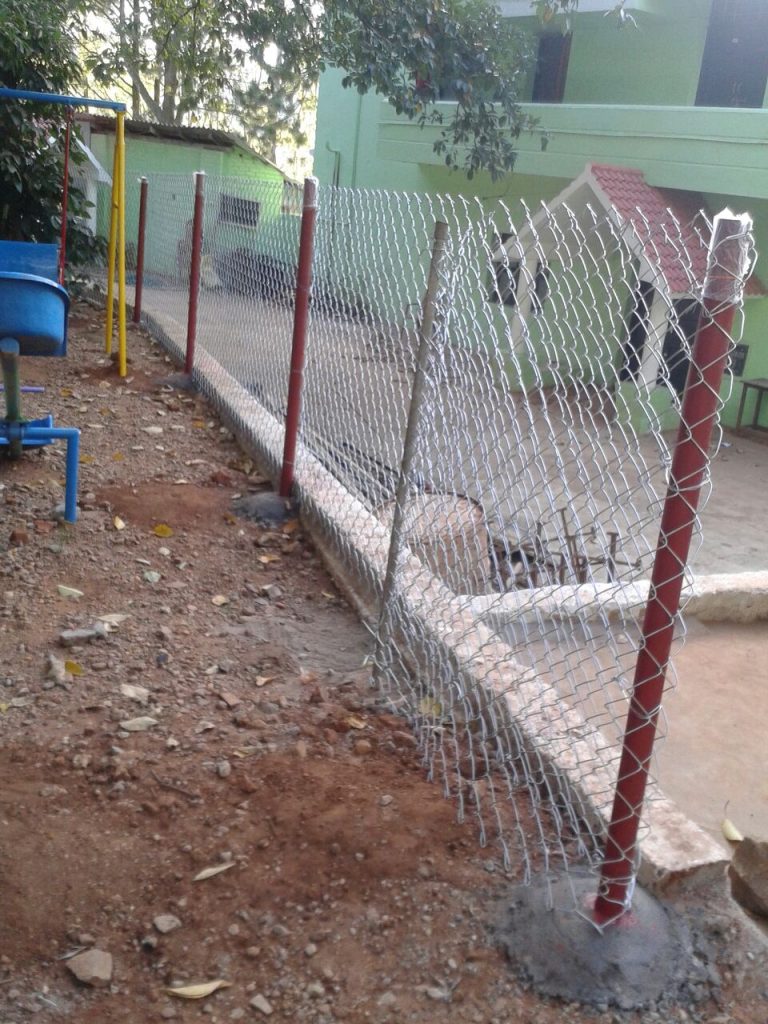Building a safe and secure fence entails a series of essential steps that prioritize durability, functionality, and protection. The process begins with thorough planning and assessment of the area where the fence will be installed. Understanding the terrain, property boundaries, and local regulations is crucial. Before any physical work commences, obtaining necessary permits and approvals from relevant authorities ensures compliance and avoids potential legal issues down the line. Once the planning stage is complete, selecting appropriate materials is paramount. Factors such as weather conditions, intended use of the fence, and desired aesthetics all influence the choice of materials. Common options include wood, vinyl, metal, and composite materials, each with its own set of advantages in terms of durability, maintenance requirements, and cost. Before installation begins, it is essential to mark the boundaries accurately to ensure the fence is erected in the correct location. This step helps prevent disputes with neighbors and ensures the fence adheres to property lines and legal requirements.

Additionally, contacting utility companies to locate underground lines and cables prevents accidental damage during excavation. Proper installation techniques are crucial for ensuring the stability and longevity of the fence. This involves digging sturdy and uniform postholes at regular intervals along the boundary line. The depth and diameter of the holes depend on factors such as soil type and local weather conditions. Installing posts securely with concrete or gravel ensures they can withstand environmental stressors and maintain the integrity of the fence structure and check this out https://buildoutdoors.com/wood-and-iron-fences/ to know more. Once the posts are in place, the next step is to attach the fence panels or boards securely. Proper alignment and spacing between panels ensure a uniform appearance and maximize the fence’s effectiveness as a barrier. Depending on the chosen material, fasteners such as screws, nails, or brackets may be used to affix the panels to the posts securely. Incorporating additional security features enhances the effectiveness of the fence in deterring intruders and protecting the property.
This may include installing gates with sturdy locks, adding security cameras or motion sensors, and implementing landscaping elements such as thorny shrubs or prickly vines to discourage unauthorized access. Regular maintenance is essential for preserving the functionality and appearance of the fence over time. This includes inspecting for signs of damage or wear, repairing any weak or damaged sections promptly, and treating or painting the surface to protect against rot, rust, and other forms of deterioration. Finally, establishing clear guidelines and boundaries with neighbors regarding the maintenance and use of the fence fosters positive relationships and helps prevent disputes in the future. Effective communication and cooperation ensure that everyone benefits from the security and privacy provided by the fence while respecting each other’s property rights. Building a safe and secure fence requires careful planning, proper materials selection, precise installation techniques, and ongoing maintenance. By following these essential steps, property owners can create a sturdy and reliable barrier that enhances security, privacy, and peace of mind for years to come.